Products
Knowledge & Support
Explore our Knowledge Hub:
Tips & Advice Education Area Case Studies The Grant House Virtual House FAQs Glossary Visit the Knowledge HubLooking for Help & Support:
Product Support Find an Installer Find a Merchant Extended Warranties ServicePlan Product GuaranteesProducts
Knowledge & Support
Explore our Knowledge Hub:
Tips & Advice Education Area Case Studies The Grant House Virtual House FAQs Glossary Visit the Knowledge HubLooking for Help & Support:
Product Support Find an Installer Find a Merchant Extended Warranties ServicePlan Product GuaranteesBlog
Home heating blogs relating to oil and renewable technologies for industry professionals and homeowners
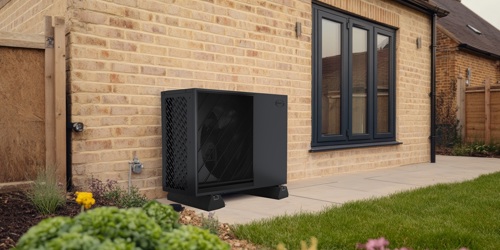
Air Source Heat Pumps
Why Air Source Heat Pumps are perfect for new build homes
One of the ways that new build developments are making their properties more environmentally friendly is by selecting low-carbon air source heat pump central heating systems. In this blog, we will explain why heat pumps are so well suited to new build homes, outline how the Future Homes Standard will soon mandate low carbon heating systems for new builds, and explain the benefits that heat pumps can deliver to developers, their properties and the homeowners who purchase them.

Technical Air Source Heat Pumps
What electricians need to know about heat pumps
The installation of an air source heat pump is often completed by the installing engineer with the support of an electrician towards the latter stages of the install. Rob Dyer, Grant UK’s Technical Sales Support Engineer for the East of England and Midlands, shares a quick guide for electricians and what they need to know about working with heat pumps.
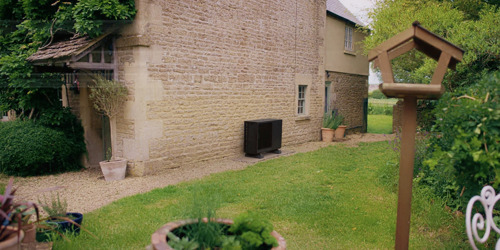
Renewable Technical
Dispelling the myths around heat pumps
The number of air source heat pumps being installed is increasing and as we move towards achieving net zero, these figures are only going to increase. This renewable, low carbon technology presents installers with new opportunities to develop their businesses so in this blog, we are going address some of the misconceptions that heating engineers may have about air source heat pumps.

Renewable
Warm Homes: Local Grant – a guide for local authorities
The UK Government’s Warm Homes Plan is striving to increase the uptake of cleaner home heating, reduce fuel poverty, provide warmer homes and improve the energy efficiency of thousands of homes. Within the Warm Homes Plan, two significant funding schemes are included – the Warm Homes: Local Grant and Warm Homes: Social Housing Fund Wave 3. In this guide, we will focus on the Warm Homes: Local Grant, what it means for local authorities and how Grant UK can support with the supply of low carbon heat pumps.
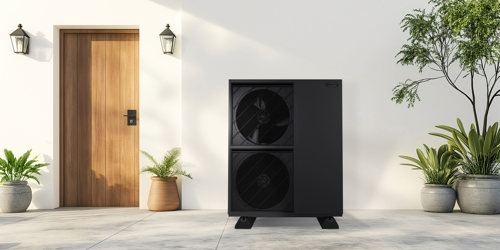
Renewable Legislation
Do Grant heat pumps need planning permission?
When making any significant changes to a property, it is important to know whether or not planning permission is required. In this blog, we explain why most Grant heat pump installations do not need planning permission and while this blog is primarily aimed for installers and specifiers, the content will also be of interest to homeowners.
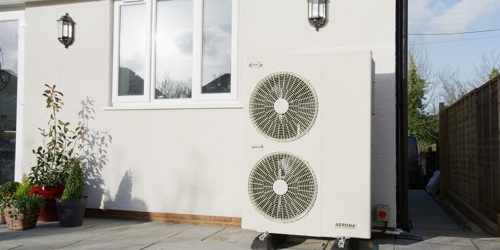
Renewable Technical
Can you retrofit an air source heat pump?
Yes, air source heat pumps (ASHPs) can be retrofitted into existing or older properties - not just new builds. However, for the heat pump system to perform efficiently and meet the heating demand of these homes, installers must ensure sufficient energy efficiency measures are in place and that the system has been accurately designed. This blog explores the topic of retrofitting heat pumps and the important installation steps installers need to follow.
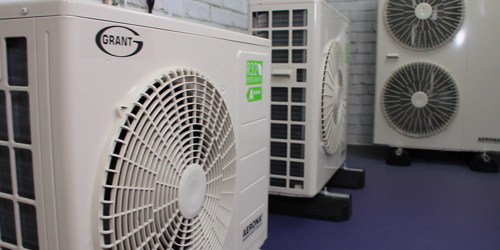
Technical Renewable Heat emitters
Sizing and Specifying Heat Pumps: what every installer needs to know
As a heating engineer and installer, it is crucial to understand the importance of designing a well-functioning heat pump system. System design is an essential component of modern heating and designing a system that is tailored to a building's needs can significantly impact its efficiency and performance. In this blog, Grant UK’s Design Manager, Steve Burton, talks through the processes involved in specifying and sizing a heat pump system.
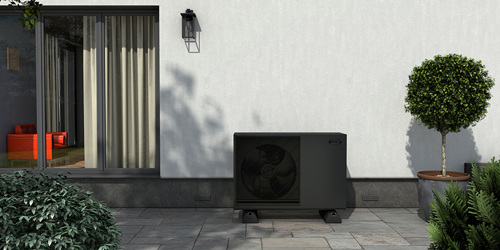
Renewable
What is R290 Refrigerant?
Air source heat pumps use refrigerants to absorb heat energy from the air outside and convert it into useable energy to heat our homes and hot water. For the last few years, R32 refrigerant has been widely used in heat pumps but, as heat pump technology continues to evolve, so too has the choice of refrigerants used in heat pumps with R290 emerging as an alternative. In this blog, we will explain R290 refrigerant and its role in home heating.

Technical Renewable
What heat pump installers need to know about R290
R290 refrigerant, which is commercially known as refrigerant grade Propane, is being increasingly used in air source heat pumps because it is a more eco-friendly refrigerant option. If you are a heat pump installer interested in working with R290 heat pumps, there are some important differences you need to be familiar with. In this blog, we will explain about the importance of understanding R290 refrigerant including safety considerations and best practices for installation.
Subscribe to Grant News
Receive the latest news and updates about Grant products and services